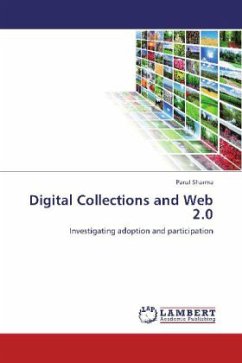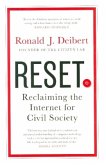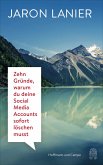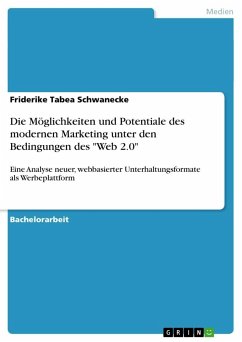This study explores how cultural heritage institutions (CHIs) have adopted Web 2.0 principles and applications for their digital collections and how users are responding to the Web 2.0-enabled environment in digital collections. The research aims to contribute discussion on whether CHIs have adapted well to the democratic nature of Web 2.0. It also aims to contribute discussion on how CHIs can improve their digital collections to better engage with users online. The research used quantitative content analysis to compare the adoption of Web 2.0 applications and principles across archives, libraries and museums and between Australasian and North American CHIs. It also used quantitative content analysis to explore the types of participatory activities offered in Web 2.0-enabled digital collections and the extent to which users have taken advantage of these forms of participation.
Bitte wählen Sie Ihr Anliegen aus.
Rechnungen
Retourenschein anfordern
Bestellstatus
Storno








